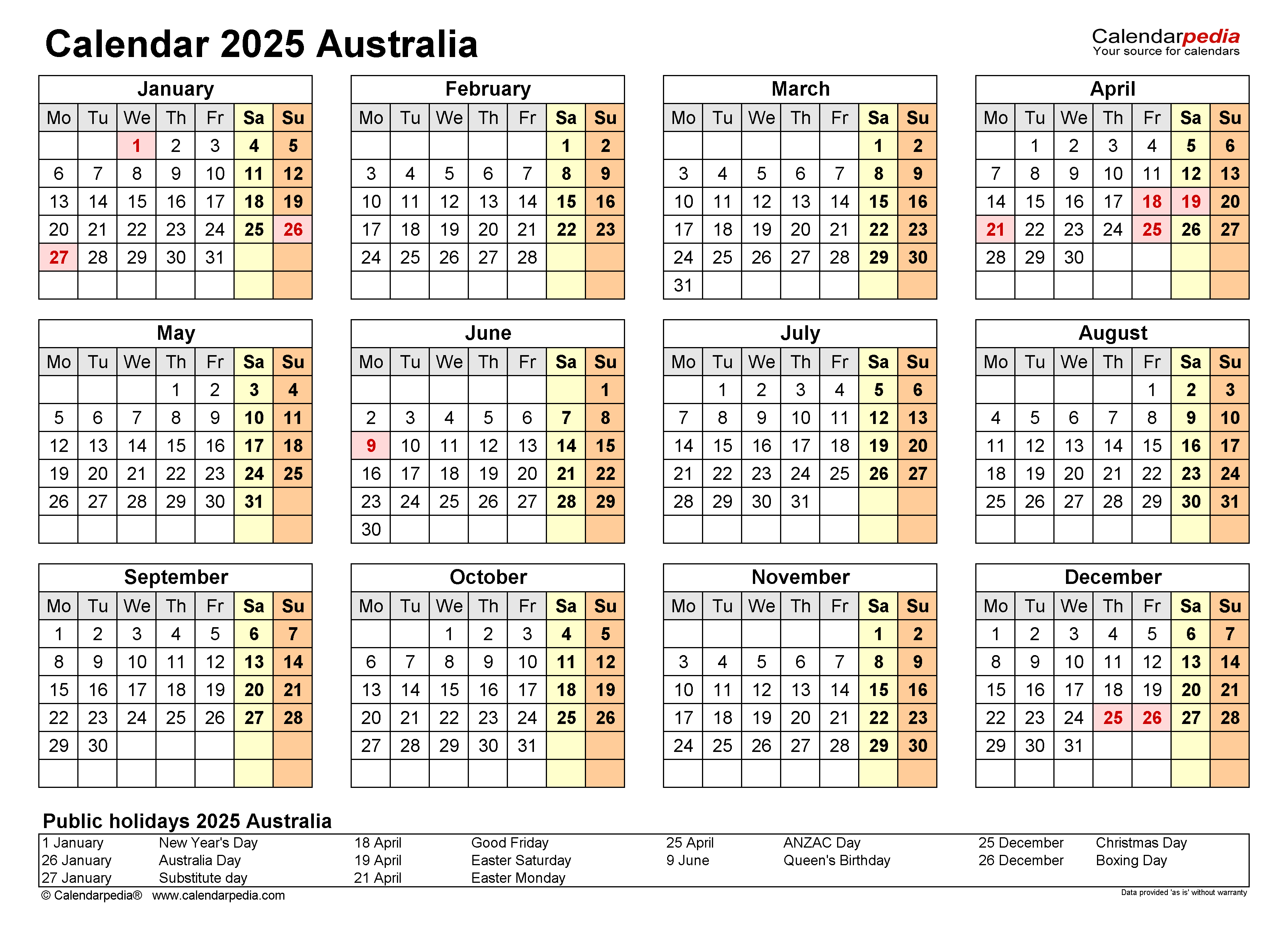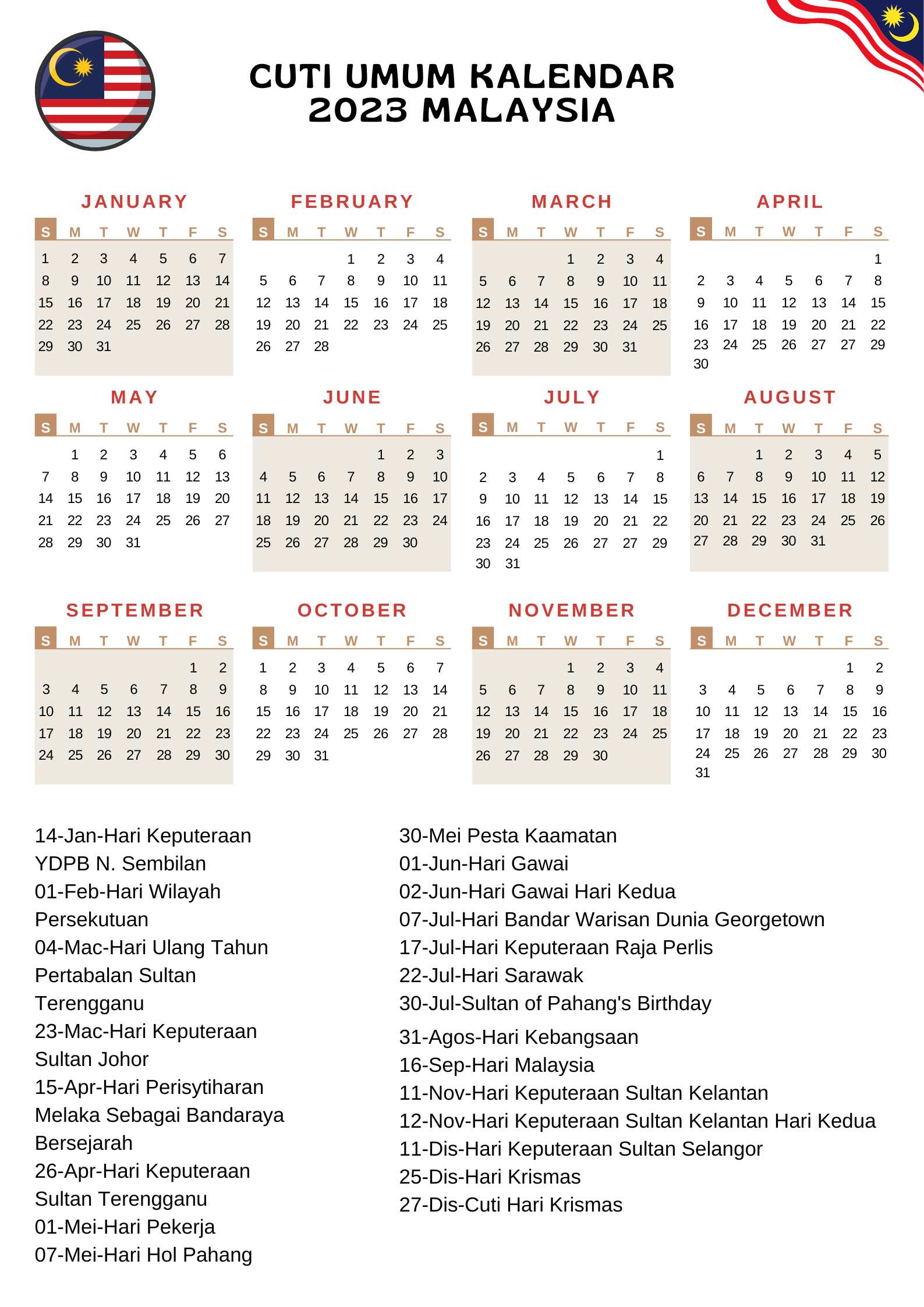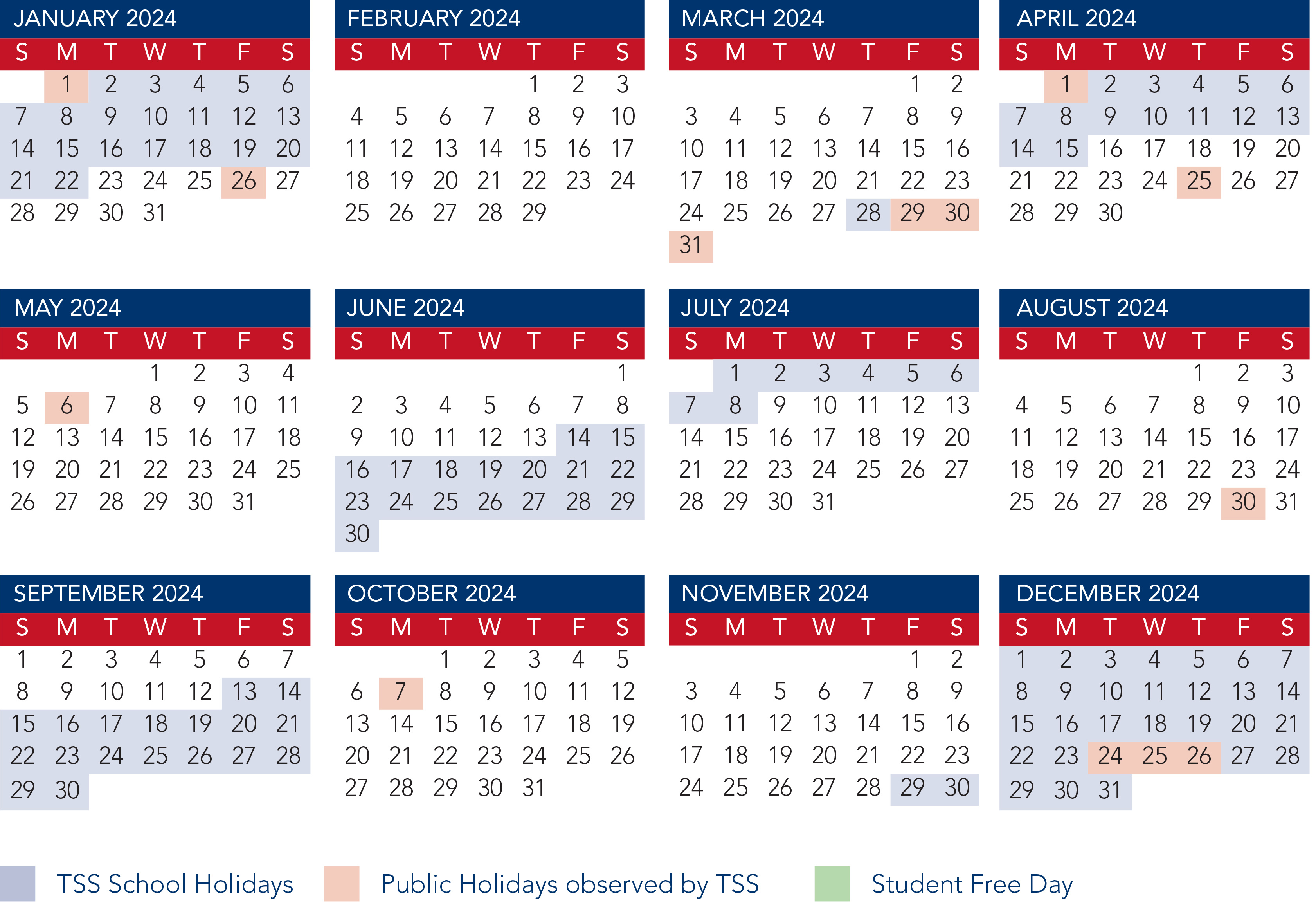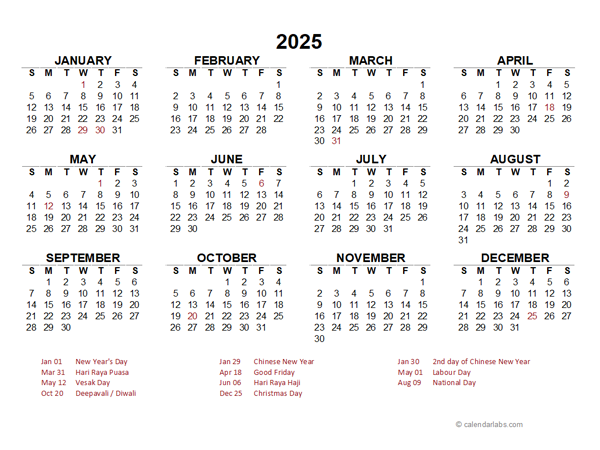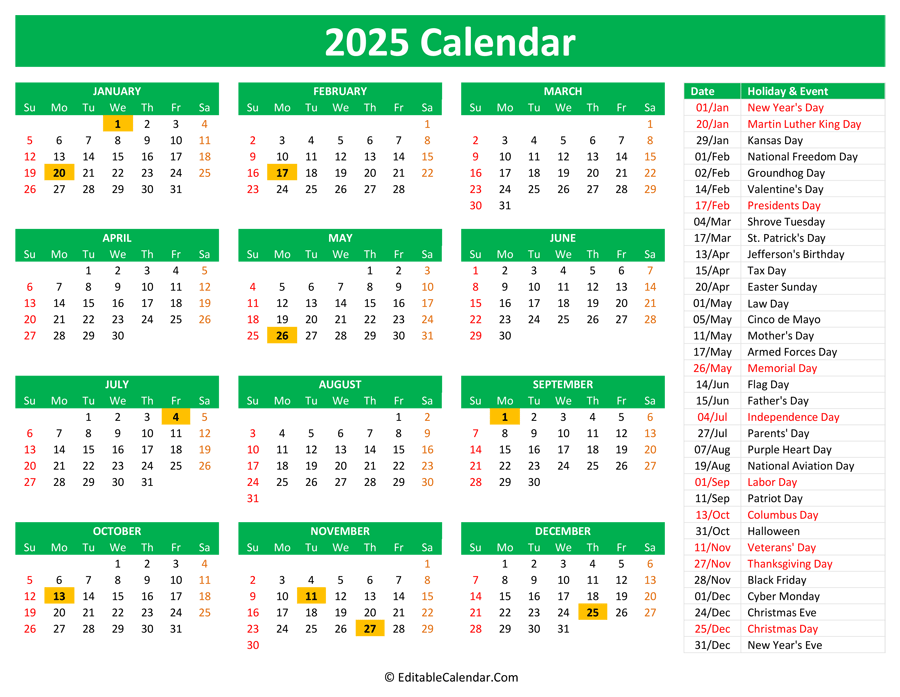Is May 2025 Calendar Public
The May 2025 Calendar: A Glimpse into the Future (and its Public Availability)
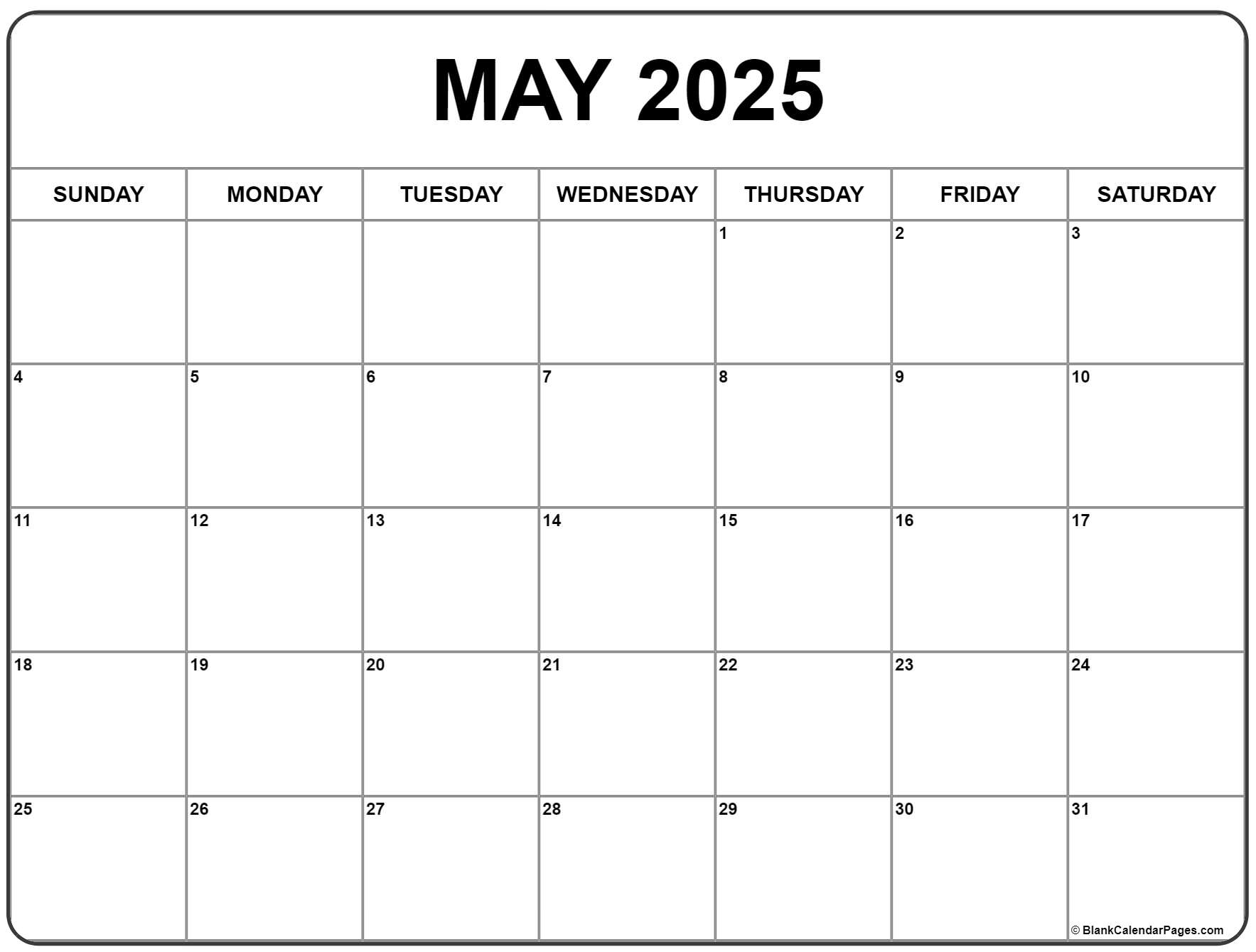
The question of when the May 2025 calendar will be publicly available might seem trivial. After all, calendars are ubiquitous, easily generated by countless online tools and readily printed in physical form. However, the underlying issue speaks to a broader theme: our relationship with time, planning, and the accessibility of information in the digital age. While a specific "May 2025 calendar" doesn’t exist as a single, officially released entity, the information it contains – the days, dates, and potentially associated events – is already accessible and readily predictable. This article explores the different facets of calendar availability, examining the various ways we access temporal information and the implications for individuals and organizations alike.
The Predictability of Time:
The core of a calendar is its predictability. We know that May 2025 will have 31 days. We know the days of the week will follow a consistent pattern. This inherent predictability is what makes calendars so useful. Long before the advent of digital calendars, societies relied on intricate systems – lunar cycles, solar observations – to track time and plan activities. The Gregorian calendar, which most of the world uses, is a testament to humanity’s drive to create a standardized, predictable framework for temporal organization. This predictability means that the fundamental information contained within a May 2025 calendar is, in essence, already available.
Accessing the May 2025 Calendar Information:
Numerous methods exist to access the information contained within a May 2025 calendar:
-
Digital Calendar Applications: Almost every smartphone, computer, and tablet comes equipped with a digital calendar application. These applications allow users to easily view any month, including May 2025. Simply inputting the year and month will display the correct calendar, often with options to customize the display (e.g., week numbers, holidays). Popular applications like Google Calendar, Outlook Calendar, Apple Calendar, and many others provide this functionality.
-
Online Calendar Generators: Numerous websites offer free calendar generation tools. These tools allow users to specify the year and month (May 2025, in this case) and generate a printable or digital calendar. These websites often offer customization options, including the inclusion of holidays, specific events, or different calendar formats.
-
Spreadsheet Software: Programs like Microsoft Excel or Google Sheets can easily generate calendars using formulas and formatting. Users can create their own customized May 2025 calendar, incorporating specific events or data relevant to their needs.
-
Printed Calendars: While less common for future dates, some companies might already be printing calendars for 2025, which will include May. These are typically available towards the end of 2024 or early 2025.
Beyond the Dates: The Importance of Context
While the basic structure of the May 2025 calendar is easily accessible, the true value lies in the context we add to it. A simple grid of dates becomes a powerful planning tool when we incorporate:
-
Holidays and Observances: Knowing which days are holidays (national, religious, or cultural) is crucial for planning personal and professional activities. Many online calendars automatically include these, but it’s important to verify their accuracy based on your specific location.
-
Personal Events: Birthdays, anniversaries, appointments, deadlines – these personal events are what give a calendar its individual meaning. Digital calendars excel at managing and reminding users of these personal milestones.
-
Professional Events: Conferences, meetings, project deadlines – these are crucial for professional planning and organization. Shared calendars become invaluable tools for teams and organizations to coordinate activities.
-
Specific Cultural or Religious Events: Certain cultures and religions observe specific events that are not universally recognized. These events require additional research and manual entry into personal calendars.
The Role of Public Availability and Data Privacy:
The public availability of calendar information raises questions about data privacy. While the basic calendar structure is publicly accessible, the personal information added to individual calendars is private. The security and privacy of digital calendars depend heavily on the platform used and the user’s security settings. It’s crucial to use reputable calendar applications and maintain strong passwords to protect sensitive information.
Conclusion:
The May 2025 calendar, in its basic form, is readily available through various digital and print methods. The information it contains is predictable and easily generated. However, the true value of a calendar lies not in the dates themselves, but in the context we add to them – personal events, professional commitments, and cultural observances. The accessibility of this information underscores the importance of responsible data management and the ongoing evolution of how we organize and interact with time in the digital age. The "public availability" of the May 2025 calendar is therefore not a singular event but a continuous process of generating, accessing, and personalizing temporal information, reflecting our ever-evolving relationship with time and planning. The focus should not be on a single, mythical "May 2025 calendar" but rather on the tools and methods we employ to effectively manage our time and coordinate our lives.
